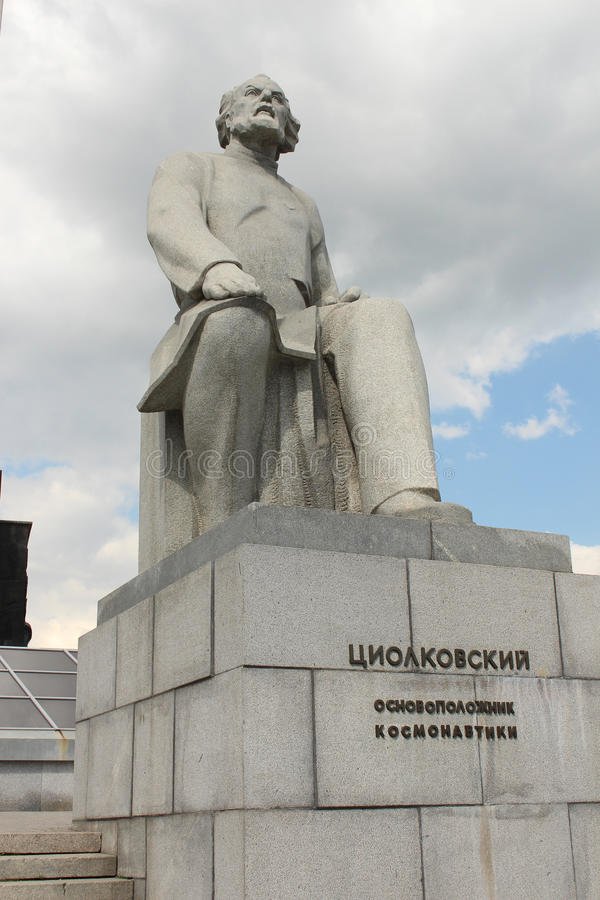
IMAGE SOURCE
The history of rockets launching spacecraft today begins in Germany in the 1930s. For many years other countries had built small rockets and planned to travel into space, but it was a team of German scientists and engineers that guided the world in the design of rockets. Over time they built the most advanced rockets, such as the V-2. Later, many of these scientists and engineers developed rockets for the US and the USSR, including those that brought the astronauts to the Moon.
In the 1940s, the great Soviet engineer Sergey Korolev designed this rocket. Korolev began to build rockets in the 1930s. During the 1950s he produced missiles used for military purposes. The R-5 missile was launched for the first time in 1953. Korolev was the brain of the space program of the Soviet Union and designed the rocket that launched the first satellite and the rocket Vostok that put Yuri Gagarin in orbit in 1961.

Sergey Korolev
AN EARLY BEGINNING.
The American Robert Goddart launched the first liquid fuel rocket in 1926. During launch and flight, gas and liquid oxygen were produced by separate lines to the combustion chamber. The Goddart rocket climbed to 12.5 m in a 2.5-second flight. the subsequent liquid fuel rockets could be turned off and on, but not solid fuel rockets.

IMAGE SOURCE
WAR ROCK.
In World War II (1939-1945), Germany produced a series of new weapons, the most important being the V-2 rocket. He was developed by a team headed by Wernher von Braun. The V-2 was 14 m tall and weighed more than 12 tons. Its fuel was alcohol and liquid oxygen and its engine was turned on for about 60 seconds. In such time it propelled the V-2 at a speed near 5,600 km / h and at a height almost 100 km.

IMAGE SOURCE
MONUMENT TO TSIOLKOVSKY
This monument in Kaluga, Russia, pays homage to Kontantin Tsiolkovsky, a Russian master who described many of the principles of rocketry from more than 50 years before the beginning of the Space Age. As a child, Tsiolkovsky was fascinated with the idea of space travel and began writing about the subject in 1898. He could not afford to build and test his own rockets, so most of his work was done in the form of theory and paper calculations.

IMAGE SOURCE
LAUNCH OF A SATELLITE.
In 1958, the Jupiter C rocket, then called Juno I, launched the first US satellite. It was developed by Wernher von Braun and other members of his V-2 rocket team, who moved to the USA after World War II. The Jupiter C was developed from the designs of the Redstone rocket, which launched the first two American astronauts in 1961.

IMAGE SOURCE
ROCKET TO THE MOON.
Saturn V, the giant rocket that sent American astronauts to the moon, was developed at NASA's Marshall Space Flight Center with Wernher von Braun at the helm. With the Apollo ship above its three stages, it had a height of 111 m and a weight of 3000 tons. He could launch a ship that weighed 152 tons into the orbit of the earth, or a 53 ton ship to the Moon. When the Apollo missions ended, a two-stage version of Saturn V launched the Skylab space station in 1973.

IMAGE SOURCE

